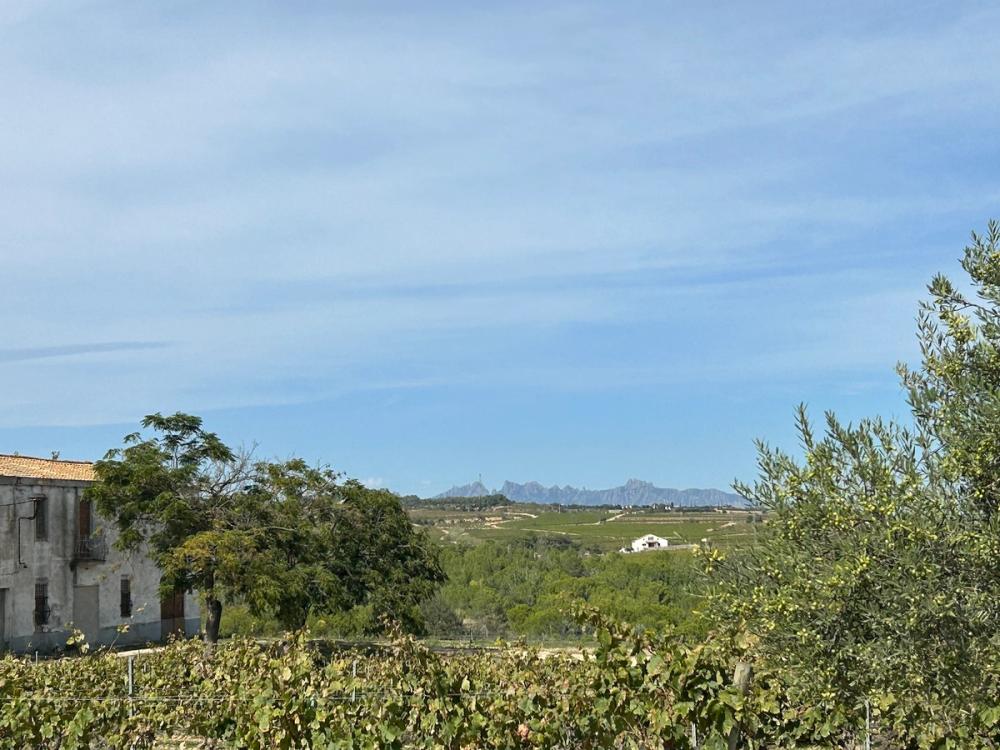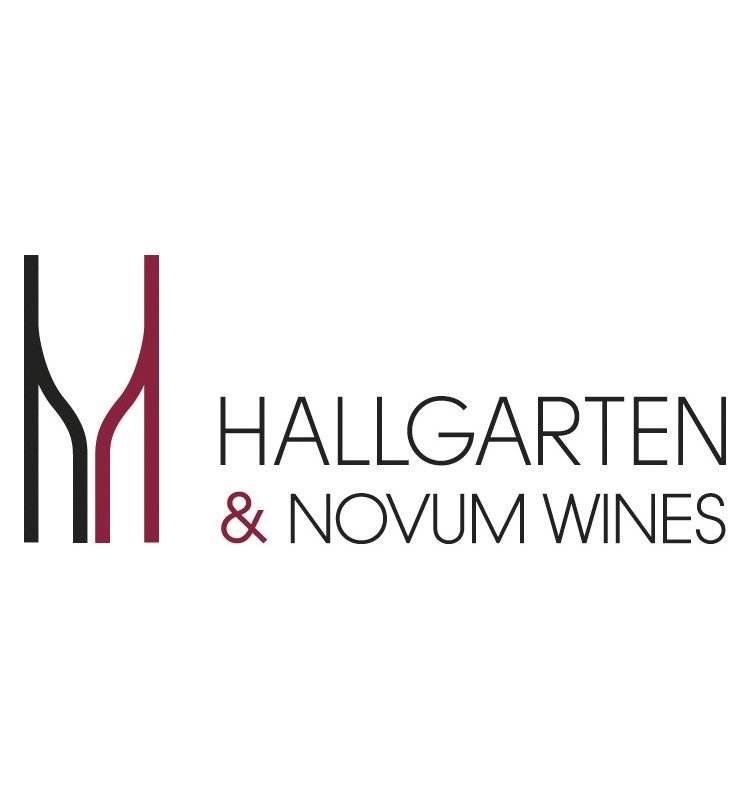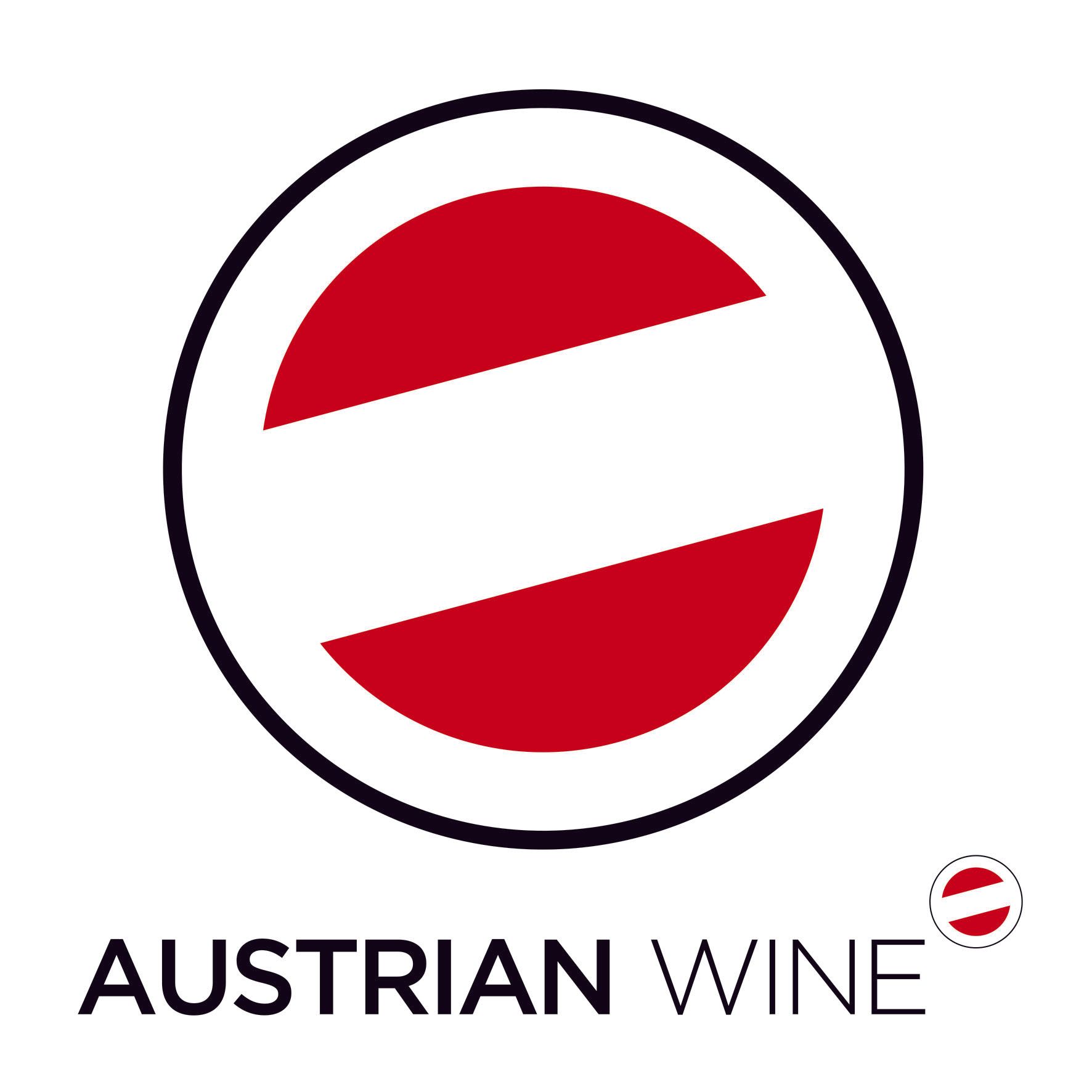Following on from a recent visit to Penedès, my first article Why producer collaboration is key to the successful future of DO Cava provided an essential update on DO Cava’s legislation, especially in the light of recent changes. However, there is so much more to discover about the region, its wines, and their makers, which I’ll focus on in this article.
Before revealing the variety and diversity that exists within the subzone of Comtats de Barcelona, it’s important to note that while the wineries we visited on our trip primarily operate in this subzone, some source grapes from other subzones as well. This interconnectedness reflects the broader landscape of Cava production.
Geography and soils of the DO Cava region
Particularly centred around Penedès, the region is positioned between the Montserrat mountain range and the Mediterranean Sea. This geographic placement is crucial in shaping the region's microclimate, as the mountains act as a natural barrier that funnels cooling sea breezes inland. The result is a moderated climate that ensures freshness and balanced acidity in the grapes.
The Penedès region experiences a Mediterranean climate characterised by hot, dry summers and mild winters, with coastal winds helping to cool the vineyards during the day. The significant drop in night-time temperatures enhances the diurnal range, crucial for preserving acidity and improving the aromatic profiles of the grapes.

Pere Ventura vineyards with Montserrat backdrop
Subzones and soils
Comtats de Barcelona
This subzone is the heart of Cava production, accounting for about 95% of all Cava made. Notable municipalities include Sant Sadurní d'Anoia and Vilafranca del Penedès. The soils here are predominantly calcareous, rich in calcium carbonate, which promotes excellent drainage and vine health. This soil type enhances grape acidity, contributing to the freshness and longevity of Cava. Additionally, certain areas exhibit soil characteristics similar to Albariza found in Jerez, known for its moisture-retaining properties, allowing moisture retention during dry periods.
Valle del Ebro
Located further inland, this subzone encompasses parts of the Rioja and Zaragoza regions. It experiences a more continental climate, with hotter summers and colder winters. The soil composition here is varied, featuring a mix of clay and sandy soils that retain moisture and provide essential nutrients. Alluvial deposits from the river enhance fertility, supporting grape varieties like Xarel-lo and Macabeo, which contribute to the unique flavour profiles of wines from this region.
Altos de Levante
Situated in the Valencia region, this high-altitude subzone benefits from significant diurnal temperature variations. Its well-drained soils often consist of limestone and clay, allowing for cooler temperatures that help preserve acidity in the grapes. These conditions support cultivation of diverse grape varieties.
Viñedos de Almendralejo:
Located near the Portuguese border, this subzone has extreme seasonal temperature variations. The soil comprises sandy and clayey compositions that provide excellent drainage, enabling optimal ripeness of the grapes.
Cava can!
My belief is that there is a much-needed industry-wide update on Cava. With Champagne occupying the global podium of sparkling wines and Prosecco having built a robust brand for popular go-to party drinks (and I am not going into details and debates as this would warrant another two long articles at least), where does that leave the once perhaps overly popular Cava?
Cava is in a strong position as it evolves. Current drinking trends among younger consumers emphasise quality and lower alcohol content, making Cava an appealing choice since it often features lower alcohol levels than many other sparkling wines. This shift aligns with a growing movement toward moderation in alcohol consumption, as more drinkers seek options that deliver flavour without higher alcohol concentrations.
However, Cava's complexity is where it often falters. Wine enthusiasts appreciate and understand this, but how do everyday drinkers perceive it? Will Cava risk becoming the sherry of sparkling wine – a favourite among sommeliers but often dismissed by the mainstream? While long ageing adds to costs, there is value in allowing Cava’s deliciously juicy Spanish fruit to shine, particularly for novice drinkers.
Looking ahead, the upcoming changes in alcohol duty in the UK, that have taken effect in 2025, will see reduced duty on sparkling wines, including Cava. This adjustment creates a more favourable market environment, making Cava an even more accessible choice for consumers in the UK, suitable for both casual and special occasions.
With focus on quality, lower alcohol content, and positive developments in international markets, Cava has the potential to attract both knowledgeable wine enthusiasts and a wider audience eager to explore its offerings. The future of Cava is definitely something to watch.
































